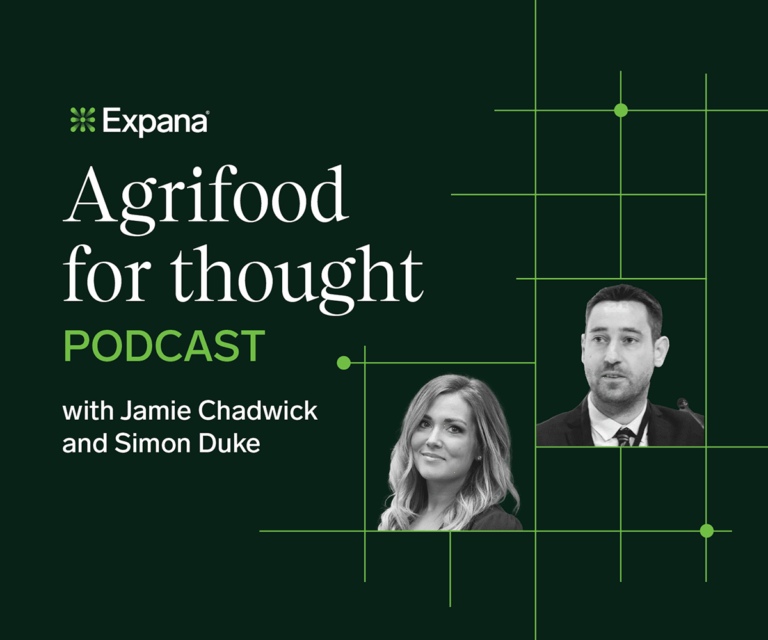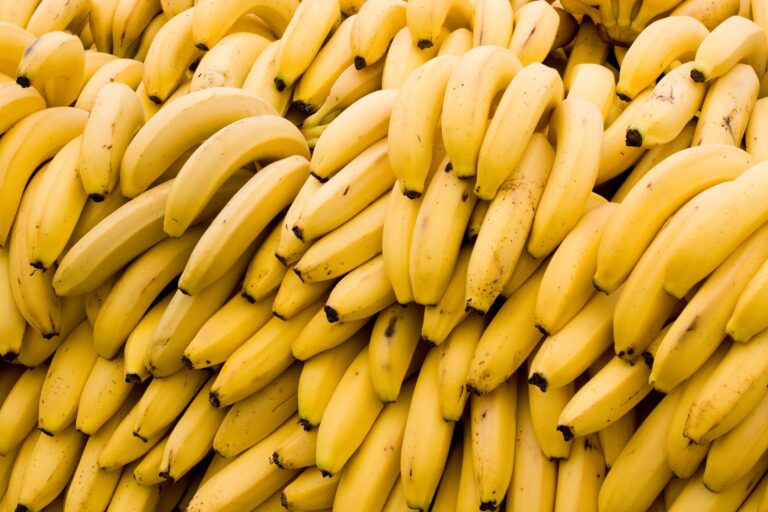“Last week, we had Sugar Week in Sao Paulo,” started Rodrigo Bermejo, Expana’s Sugar & Ethanol Analyst about his attendance at the spree of events and meetings across the Brazilian city.
The Sugar Week is not one specific event or conference, but a collection of face-to-face meetings, coffee breaks, meals, and events where millers, bankers, traders, analysts, and other players discuss the sugar and ethanol market(s). Expana’s team members were present throughout the week.
“I was there talking to millers, traders, and other market players. And the sentiment was bearish as we look at a global [sugar] surplus,” said Bermejo.
Despite a week full of conversations about sweetener production and trade, there was a bitter taste that prevailed across the face-to-face meetings and events, noted Bermejo.
“What was a bit unusual were the producers,” he said. “Usually, they try to give some bullish tones in their speeches—looking at possible or hidden problems ahead for the industry. But even the producers could not be convincingly bullish this time.”
This week, raw sugar futures on NY ICE dropped to four-year lows on decreased demand and steady production out of Brazil and India. Nearby contracts for raw sugar dropped to 14.37 USc/lb, according to the Expana platform (customer access only). The lowest value in five years was 14.12 USc/lb in December 2020. Bearish tones in the global sugar market were also noted by Expana’s Sugar Market Reporter, Andraia Torsiello in her latest analysis piece (customer access only).
In Brazil, steady sugar production has contributed to the global bearish tone. As the crop season comes to a tail end, Brazilian production numbers are in line with the views of Expana’s fundamentals team, said Bermejo who noted that global prices may continue to fall.
The world’s largest sugar producer is experiencing lessened demand because of the US 50% tariffs on the South American trading partner. Having said that, trade relations could evolve as there has been consistent communication between the US and Brazilian trade teams after US President Trump alluded to a meeting between the two presidents, reported Expana.
“We know that ethanol could be part of the tariff discussions,” noted Bermejo. “There could be some agreement on US ethanol—like a duty-free quota there? And then maybe the US could reduce tariffs for sugar. However, it’s still uncertain.”
Even if trade relations improve between the US and Brazil, global sugar prices may not find support.
“In India, market participants are seeing a bumper crop ahead, with expectations of additional six million metric tons y-o-y of sugar to be produced and disappointing 3.5 million metric tons being lost to ethanol production,” said Bermejo.
India has been consistently increasing the ratio of ethanol blended into the gasoline. However, the country is also experiencing a massive grains surplus, said Bermejo
“So, the amount of sugarcane being used to produce ethanol is below expectations,” said Bermejo who noted that this could contribute to a higher surplus of the sweetener in India.
In the European Union, the sugar production perspective for the season ahead has been improving, according to Bermejo.
“Given the comfortable stocks, there is the perception of higher-than-expected EU sugar availability in Q4.”
Despite the bearish market indicators and conference sentiment, insights gained from the sugar event were many. Every two years, this October Sugar Week comes to Brazil. Looking to next year, the same event will be held in London.
Image source: Shutterstock
Written by Ryan Gallagher



